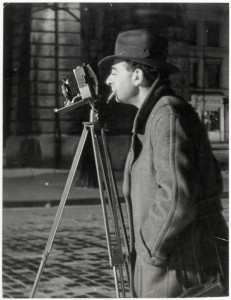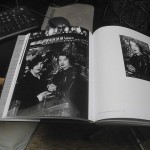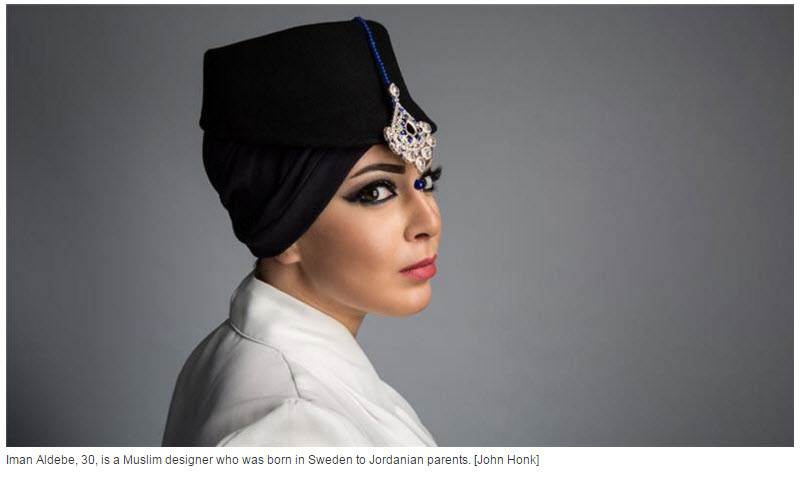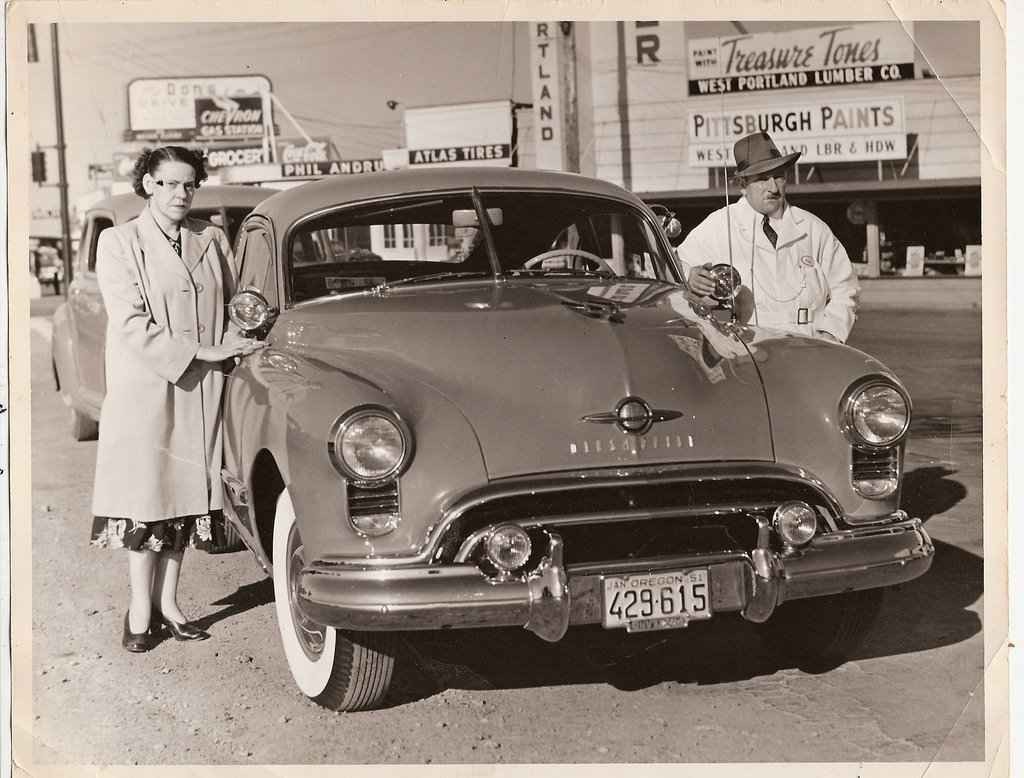[This post was originally slated for my photo blog, but perhaps this is an obsession that can be appropriately shared with the family audience as well.]
Looking back at my Dew Drop Inn posting of the other day — one of those things that I had entirely forgotten until stumbling across the old negatives in my archive revival project — I wanted to add the comment that there is a long tradition of such subject matter in the history of photography.

Here are just a couple of sample pages from one my prized Brassai books (which includes work from material such as “The Secret Paris of the 30s”, “Paris By Night”, etc., along with written material by himself and others.
Brassai also made some wonderful photographs of … cats!
Paris.
I previously posted some photography of Paris by Ed Clark. Probably the earliest photographs of that city that remain fixed in my consciousness are those of Eugene Atget, particularly his large-format view camera work of Paris streets and parks at night, and of Paris architecture, done in the late 1800s and early pre-war 1900s. Another of my all-time favorites, Atget could be the subject of a separate post. Brassai and Atget both tapped similar subject matter: street people, prostitutes and so on. I have never seen Paris, and would be almost reluctant to do so, as I fear the Paris of my mind, the Paris of Brassai, may no longer exist.

















